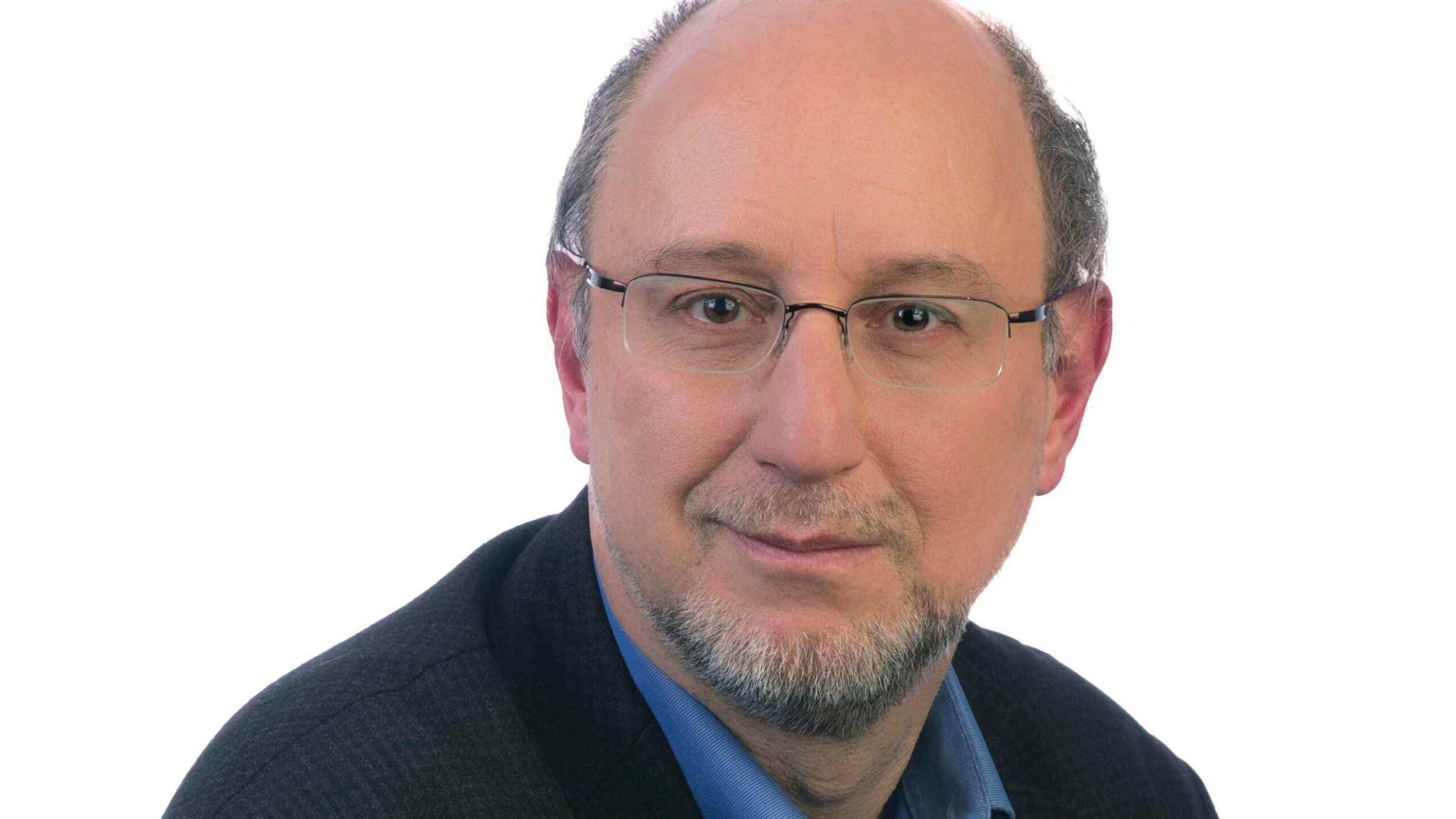Will we ever be done with this storm that arrived from China in 2019?
In any case, the media and political turmoil is relaunched with this new variant of COVID-19 identified in South Africa. A variant to which the World Health Organization (WHO) did not dare to give the name it should have taken, according to the letter of the Greek alphabet where we had now arrived: the Xi variant …
But Xi is also the name of the president of a certain country, quite influential in this whole story, whose bad tongues have claimed that he was the real boss, through puppets, of the WHO. Let’s move on!
For now, this episode looks like a variation of “Shoot the Messenger!” “.
In some ways, South Africa – otherwise poor and unequal – belongs to the first world. Its pandemic figures (incidence of new cases, cumulative mortality per million inhabitants, etc.) are proportionally similar to those of Europe or Quebec – therefore very high, unlike 90% of African countries where, at least until now, COVID remains marginal.
The country also has credible medical authorities: the Kwazulu-Natal KRISP Center, which identified the new variant (which will not be called Xi … but Omicron), was praised this weekend for the quality of its work and the speed of its communications.
But the response from the rest of the world – including some media coverage of the event – was alarmist. A health shield has been deployed all around southern Africa.
Perhaps it is morally legitimate and scientifically justified to protect oneself by controlling or even temporarily blocking arrivals from that part of the world where the variant appears to have been born – although this is not a certainty.
The response to a pandemic is a combination of individual, local, national and global measures. But South Africa’s isolation can only be a small, temporary part of the solution.
The Director General of WHO, Tedros Ghebreyesus, continues to insist on the issue of vaccination, inequalities in access to vaccines and – important detail – in logistics distribution capacities. For example, some countries have started to receive large stocks… but do not have the capacity to keep them at the right temperature or to vaccinate en masse and quickly.
The boss of the WHO keeps making the strong enough argument that “no one is safe until we are all safe”. “Every day,” he said in mid-November, “six times more booster doses are given than the first doses in low-income countries. It is a scandal that must end. “
We often hear it said – a familiar air – that “the selfishness of the rich” (who with their money always keep the best for them) is an injustice, from which the poor suffer systematically …
By not helping poorer countries as it should, allowing the virus to travel, infect and mutate in other parts of the world, what is the result?
A deadly wave of COVID-19 in Africa, constantly announced for 18 months? So far, this is not what we see – with exceptions, admittedly enigmatic, such as Tunisia or South Africa (and to a lesser extent, Namibia, Nigeria and Egypt).
The Democratic Republic of Congo (DRC)? Chad? Botswana? Vaccination is marginal there, and for the double inoculation… it is zero. Injustice? Without a doubt. Strategic stupidity of helping countries? Likely. Because “to help them is to help ourselves”, of course …
But COVID-19 remains virtually unknown in the first two (DRC and Chad) and controlled in the third (Botswana), despite the proximity to South Africa. On the dark continent, the rates per million (cases, deaths) are often five, ten, fifteen times lower than on the Old Continent.
For reasons that epidemiologists, helped by historians, will one day elucidate, the virus has so far spared large swathes of Africa and Asia, while hitting North America and Europe hard.
Europe today remains the epicenter of the pandemic. Germany and Austria (only 66% vaccinated) are suffering and reconfining. The latest news from the Balkans and Russia – 50% vaccinated… in Sinovac or Sputnik! – are catastrophic.
What we see is that the virus – benign or much less present in Africa despite under-vaccination, despite the (relative) under-detection of cases, which does not explain everything – is fatally coming back to haunt, by cross roads, the rich countries of the North barricading themselves from wave to wave, again and again.
There remains the (plausible) hope that beyond the noise of the last few days, the new variant will not be worse than the previous ones, in terms of the severity of the disease … and the ability to thwart vaccines.
In the specific COVID-19 crisis – we don’t talk about the rest; Africa has tons of other problems, and almost COVID-free Ethiopia isn’t a happy country – the North is paying.
In every sense of the word: in money… and in deaths.
François Brousseau is an international affairs columnist for Ici Radio-Canada. [email protected]
